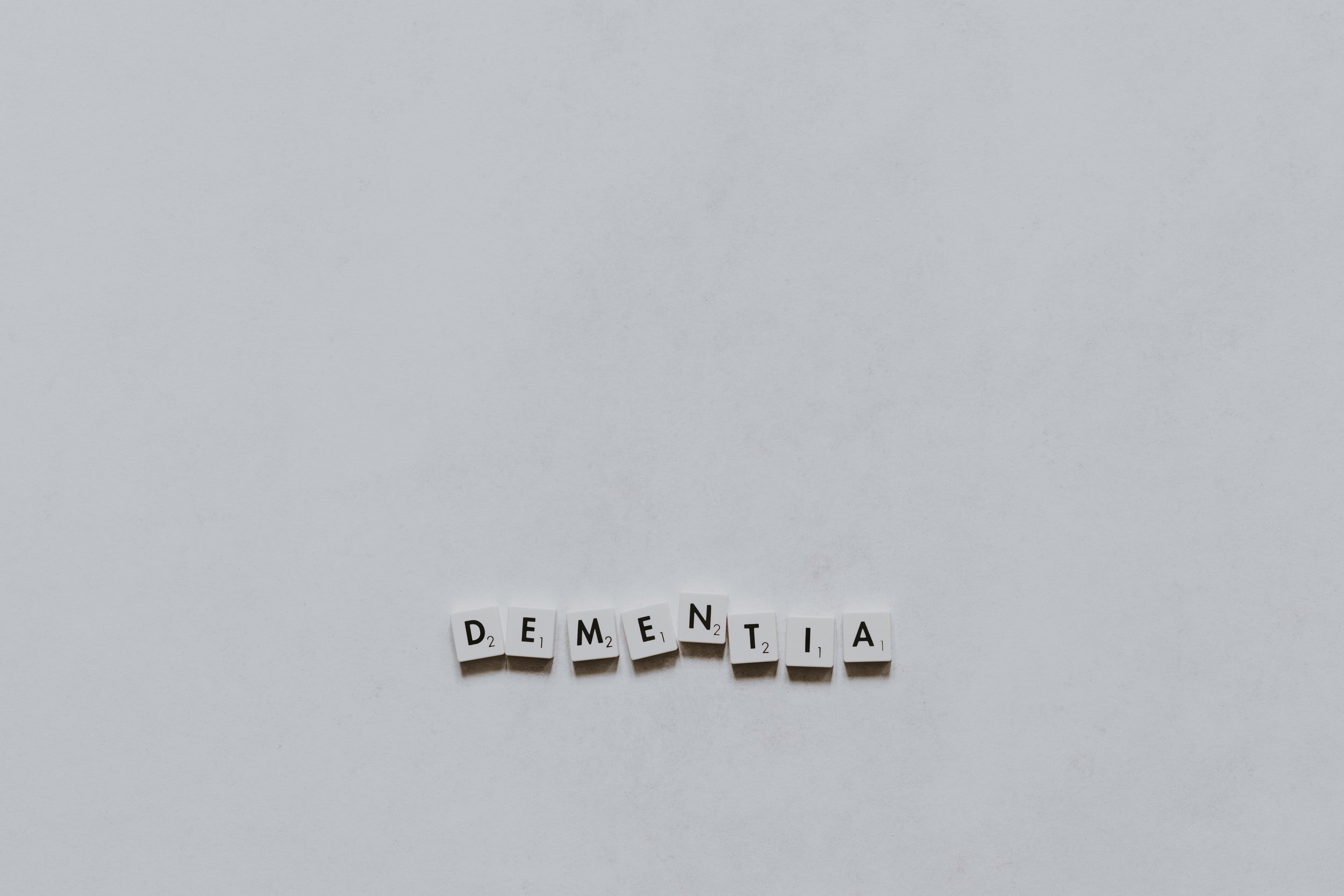No self-respecting business owner should ever pay less than the most possible attention to the wellbeing of their employees. Of course, as a business leader with many responsibilities to take care of, this can bring up strange images of walking around the office checking anyone isn’t too stressed out, worried, or has any personal difficulty in their lives. This would not be feasible, and likely not effective.
The best thing any business owner can do is understand that this is a daily battle, often helped with the systems put in place to prevent and cure issues when or if they occur. For example, a human resources department, well invested in, can help air the grievances of your staff, and allow them to manage their personal difficulties alongside their work. This truly matters, and in some respects is perhaps one of the most important elements of your departmental management.
If you’re even reading this article, it shows that you care about your employees, or perhaps the future people you may hire. So let us help you to that end:
Consider Office Safety
It’s very easy to view the smaller health risks and consider them over-the-top and worrying. For example, a rucksack in the walkway might signify a trip hazard, and should be removed as soon as possible. That’s normal. Many of these issues will occur like this, and so long as you and your team keep an eye on them, they can often become resolved very quickly.
Long-term rules, such as no open-top beverages near the computing equipment, can be a worthwhile policy to keep. But office safety hardly stops there. It might be that an uneven or cracked floor could lead to some nasty falls and injuries, meaning that using excellent flooring companies to gain a solid, even, level flooring is an essential investment from time to time.
Perhaps a door handle is known for coming off in the hands of your employees, and must be held in just the right way to gain access. Yet the trouble is, this is a fire door, which needs to be moved through quickly in the case of an emergency. Looking around and implementing changes like these can help you avoid any long-term statistical increase in injuries, which are just as essential to root out quickly.
Mental Health Awareness
The physical health of your staff is important, but mental health issues are often much harder to see or identify. This is why a mental health awareness day, or perhaps routine training can help your team identify issues if they occur, or at least have a safe and confidential outlet to talk about their troubles. This might also give you pause when needing to force overtime to complete an order, or coming down too harshly on someone who tried their best yet failed. Your team member aren’t wrapped in cotton wool, of course, but it’s important to ensure that everyone is on the same page regarding mental health, and all feel that they can approach you about this if needed.
A Favorable Working Environment
A solid lunch break, a relaxing and ventilated office environment, anti-bacterial hand gel stations, and a separate room to relax and eat can all lead to a favorable working environment, both in hygiene and working comfort. This can prevent your staff from burning out.
With these tips, you are certain to care for your employee’s health correctly.
This article contains affiliate links.








